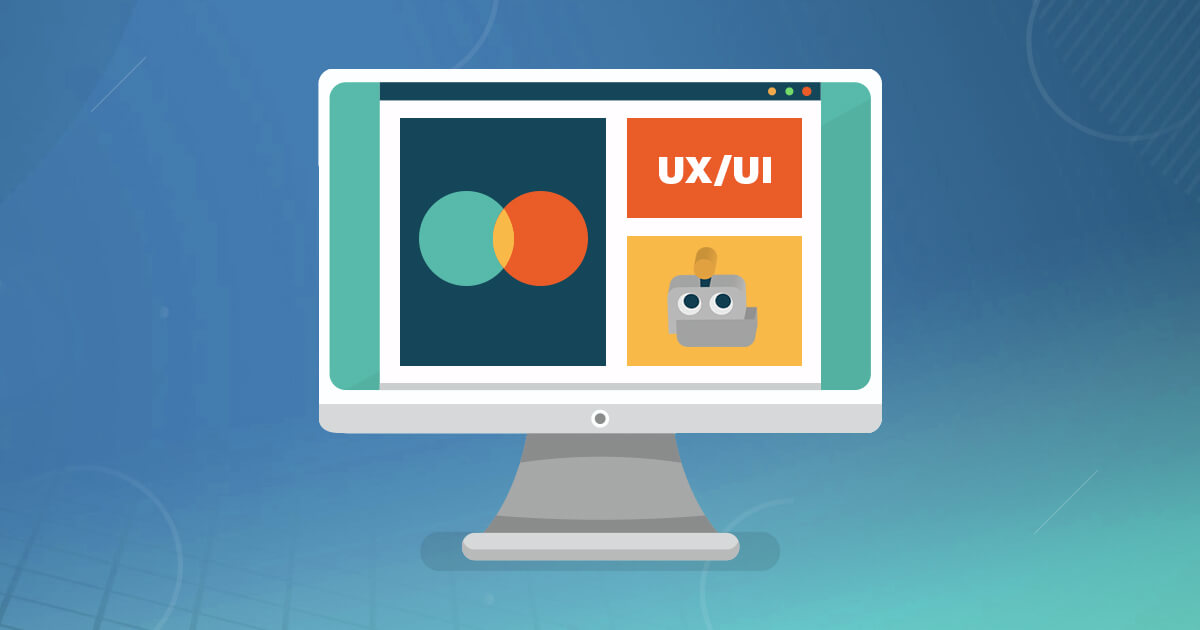
As marketing becomes increasingly data-driven, the role of UX/UI design has transcended aesthetics to influence functionality, engagement, and conversion rates.
In 2025, marketers are embracing cutting-edge design trends that integrate seamlessly with automation tools, enabling intuitive workflows and personalized customer experiences.
Wondering what UX/UI innovations will look like in 2025? You’re in the right place. Our experts at MAC compiled this article to share our thoughts on the design trends we believe will make headlines this year.
1. Hyper-Personalization in Automated Campaigns
Driven by AI and machine learning, modern UX/UI design enables marketers to tailor each interaction for maximum impact.
- AI-Driven Dashboards: Platforms like Salesforce and HubSpot now feature adaptive dashboards that respond to user behaviours in real time, allowing for precise segmentation and agile campaign management.
- Tailored User Journeys: From email marketing to social ads, tools like Marketo empower you to deliver hyper-relevant content.
Our takeaway? Adopt marketing automation and CRM tools with adaptive UX/UI so you can deliver experiences that resonate on an individual level.
2. Interactive and Immersive Campaign Design
Interactive design elevates user engagement by combining dynamic visuals with immersive functionality. This approach captivates audiences and drives higher conversion rates.
- Dynamic Visuals: Techniques like 3D product demos and parallax scrolling are becoming standard for landing pages, creating more stimulating brand interactions.
- Interactive Emails: Features like clickable carousels and gamified content boost click-through rates. Research from Litmus reveals a 22% increase in engagement with interactive email elements.
- Real-World Example: Kreativ, IKEA’s AI-powered design experience, is a mixed-reality tool that places home furnishing design directly into customers’ hands. By scanning their space with a smartphone, users can erase or replace existing items and drag-and-drop IKEA furniture into a photorealistic 3D model—either of their room or one of 50+ pre-loaded digital showrooms. Talk about an immersive marketing experience!
We recommend incorporating interactive design to keep your audience actively engaged, which will improve conversions.
3. Accessibility as Part of Design
In 2025, accessibility will become a central UX/UI design component. As businesses strive to create inclusive digital experiences, accessibility-driven design makes it so everyone can use your platform. Watch for this abbreviation across digital spaces: A11Y. It stands for accessible UX/UI design.
Enhanced Usability:
Modern UX/UI design prioritizes usability enhancements that cater to all users. Features such as voice navigation, high-contrast display modes, adaptable font sizes, and keyboard-friendly interfaces empower individuals with visual, auditory, and motor impairments to become a part of your digital space.
Compliance:
Meeting accessibility standards like ADA and WCAG is no longer just a legal requirement—it’s an opportunity to expand your brand’s audience and build customer trust.
Accessible design demonstrates a commitment to inclusivity, reflecting values that resonate with socially conscious consumers.
MAC Pro tip: Partner with platforms prioritizing accessible UX/UI to keep your campaigns compliant.
4. Voice and Conversational Interfaces
As voice technology continues evolving, conversational interfaces transform how users interact with digital platforms.
In 2025, these interfaces will continue to become more intuitive, blending natural language processing (NLP) with sleek UX design.
Voice Search Optimization
With the rapid adoption of voice technology, tools like Google Assistant, Alexa, and Siri are transforming how users search for and interact with digital content. Everything you do in terms of UX/UI must be voice-friendly. Optimize your digital platforms for natural language queries.
Chatbots with “Real” Personality
Ever wonder if you’re talking to a real person or a chatbot? You’re not alone — 32% of people can’t tell the difference, which will continue to increase as chatbot interactions become more “real.”
Today’s AI-driven chat interfaces produce human-like interactions that prioritize customer satisfaction. By leveraging natural language processing (NLP) and adaptive learning, modern chatbots can understand context, mimic conversational tone, and even reflect a brand’s unique personality.
That said, be careful when automating all of your customer service interactions with chatbots because 86% of customers still prefer speaking or chatting with a human representative. When used correctly, chatbots can help boost your conversion rate, a topic our MAC team discussed in a recent blog post.
5. Sustainable and Minimalist Design
Sustainability is influencing every part of business, including UX/UI design. Minimalist interfaces that prioritize eco-conscious elements resonate with environmentally aware consumers.
Dark Mode Dominance
Dark mode has moved beyond being a trendy design choice to becoming a functional, energy-saving feature. In fact, it can save between 39% and 47% more energy according to Purdue University.
Eco-Friendly Visuals
Lightweight visuals leading the sustainability parade. By minimizing file sizes, streamlining assets, and avoiding overly complex graphics, brands can reduce load times and bandwidth usage, creating faster, more efficient platforms. This enhances user experience and lowers the environmental impact of digital content delivery.
Incorporating sustainable practices into your UX/UI strategy benefits the planet and aligns your brand with the growing consumer demand for eco-conscious solutions.
6. Harnessing Analytics to Shape UX/UI
In 2025, data-driven design will take center stage as businesses will continue to rely on analytics to inform UX/UI decisions and improve user experiences. By analyzing user behaviour, preferences, and interaction patterns, designers can craft interfaces that anticipate user needs.
- Behavioural Insights: Tools like heatmaps and session recordings provide valuable data on how users interact with websites and apps, enabling designers to optimize layouts and navigation for maximum engagement.
- A/B Testing for Refinement: Iterative testing allows businesses to experiment with design elements.
Data-driven design eliminates guesswork by providing accurate and verified results.
Keep Looking Ahead in 2025
Don’t get stuck just thinking about UX/UI in 2025 — keep thinking ahead to what will be the next big thing. The trends are clear in 2025: UX/UI design is no longer just about looking good — it’s about creating meaningful, accessible, and engaging digital experiences.
At MAC, we specialize in integrating cutting-edge UX/UI design with marketing automation platforms to help you stay ahead of your competition. Let’s create something extraordinary—together. Contact us to schedule a consultation.


